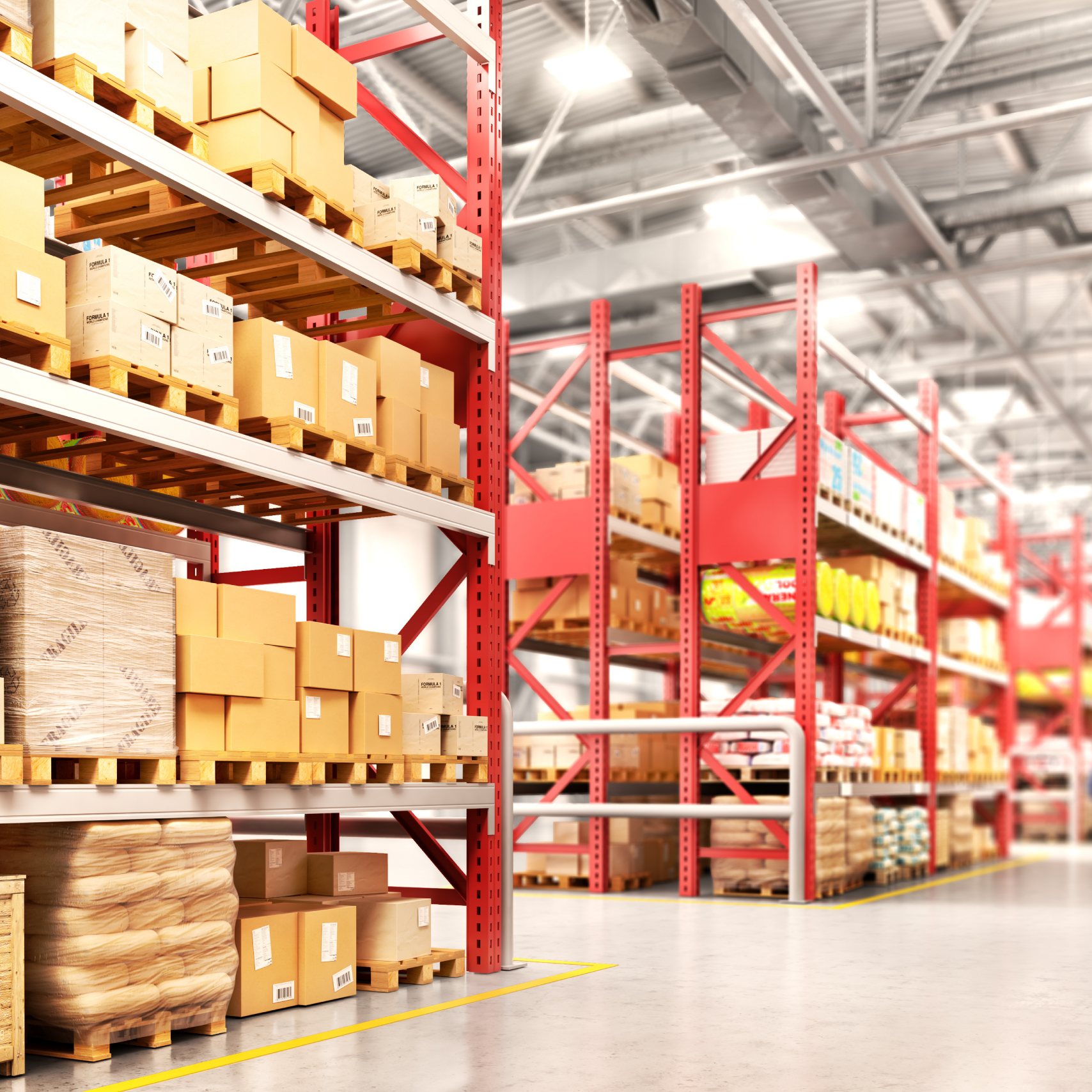It is predicted that by the end of 2022, online sales will reach a total of $5.42 trillion[1]. This doesn’t come as much of a surprise, as we have seen eCommerce rise year on year due to the convenience and efficiency it brings to customers.
However, your customers are spoilt for choice when shopping online, meaning your business needs to be offering not just high-quality products, but a great service from the first to the final mile.
When opening their parcel, it is key that customers find their delivered items unaffected and in top condition. In addition, appropriate eCommerce packaging and care throughout the supply chain will also help your business avoid returns, reduce costs, and avoid rework.
Here are some top tips to prevent product damage in transit through the supply chain:

1. Starting with packaging
This is arguably the most important element for protecting your goods whilst in transit. The effort you make in packaging your product needs to be consistent throughout the supply chain, not just during final mile delivery. This means covering 4 essential components:
- Correct box size: Avoid packaging that is too big or too constricted. Ensuring the box is just the right size for the volume of the item keep items safe and secure.
- Materials: What materials you choose to pad up and protect your goods is important, not only to prevent damage but for the impact it could have on the weight of the parcel and protecting high-value goods.
- Wrapping: Taking care to wrap up your items the right way with the right materials will help to protect goods from impact in transit.
- Packaging labels: It is important to add labels that convey the fragile or delicate status of certain items. Adding a ‘Fragile’ label to your package will ensure it is handled with extra care and consideration.

2. The right warehouse environment
Where and how your products are stored need close attention to prevent product damage before the items get shipped. What should you look out for?
- Clutter: An uncluttered warehouse will allow staff and equipment to move freely between aisles and avoid disturbance / unnecessary movement of goods.
- Warehouse ventilation: Adequate measures for the right amount of ventilation will help to protect goods from dampness or external weather conditions.
- Pallet quality: Ensuring all palettes in the warehouse are in good, usable condition and secure before loading items.

3. Right handling practices
One of the main causes of product damage is lack of care at the time of handling. So what can be done to help prevent this from happening:
- Training: All staff should be trained in the use of equipment and best handling practices. Trainings should be refreshed based on changing demands and practices.
- Confidence: Businesses need to ensure that they are providing a good working environment for all staff. Steps to keep staff morale high will help to increase productivity, confidence, and judgement, in turn reducing product damage at handling.

4. Ensure continuous improvements
Focusing on how product handling can be improved continuously throughout the supply chain is the best way to ensure the best service to your customers and preventing the risks of product damage.
- Instilling an ‘improvement culture’ helps your team become aware of every area of the supply chain process, therefore promoting ideas for future advancements.
- Investing in the latest technology or integrating trusted technology services will improve operational efficiency and human resource productivity.
- Adapting to change: Creating an environment that is open to change is vital for process improvements. This also means regular operational health checks, continuous training, and implementing industry best practices most suited for the type and scale of your business.
Why should you choose GFS for your package deliveries?
GFS is your one-stop shop for multi-carrier eCommerce delivery and returns. With our expertise and experience, we handle packages from warehouse storage to delivery and reporting so that you don’t have to worry about the parcel reaching your customer in good time and safe condition.











